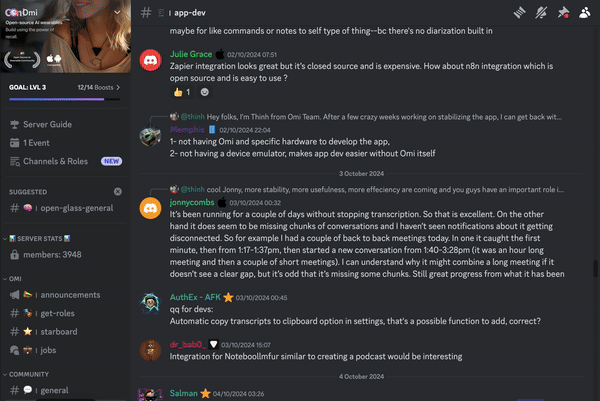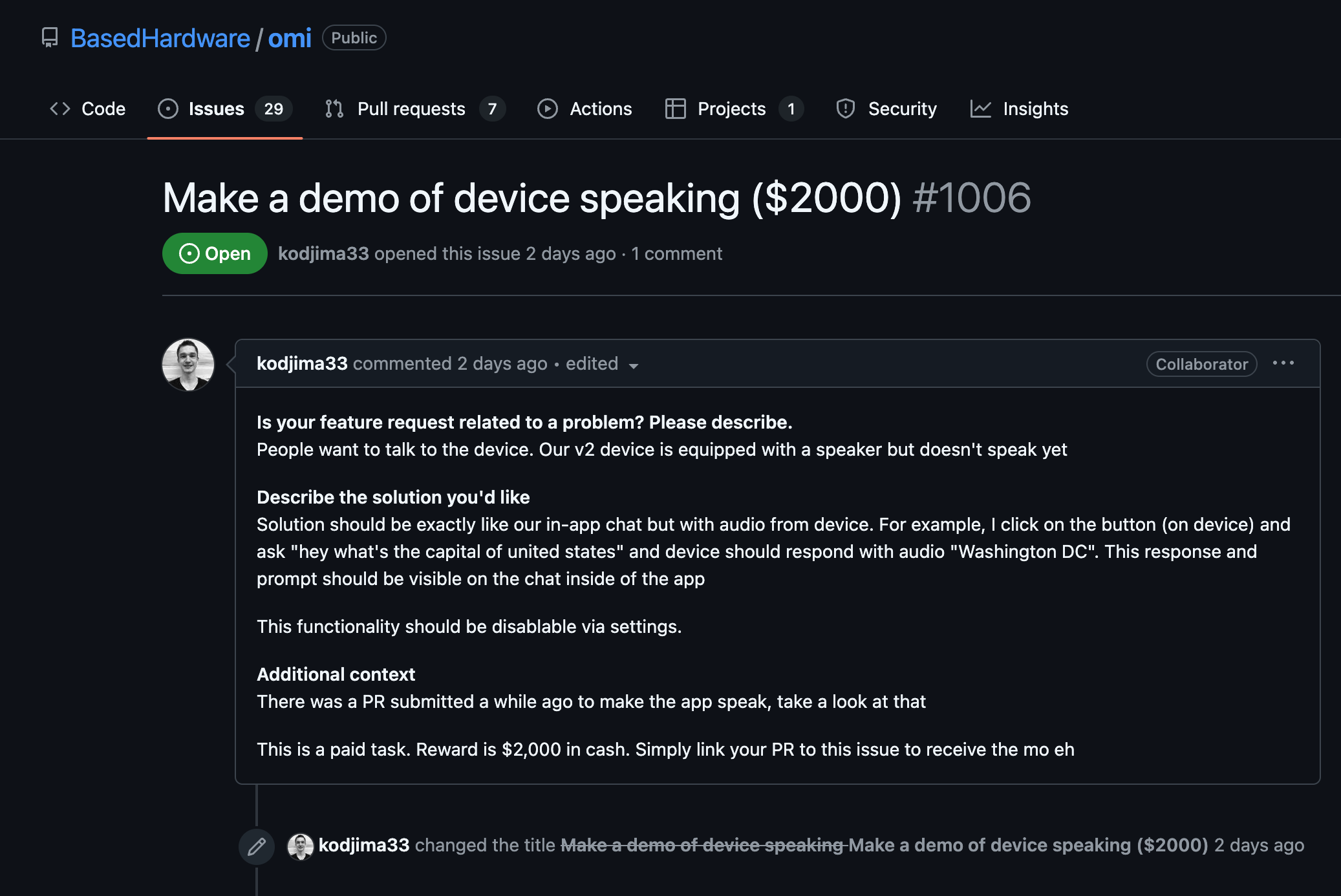Fetching Twitter Feed Using Twitter API in JavaScript
- Before diving into fetching tweets, ensure you have obtained your API keys from the Twitter Developer Portal. These keys will include Consumer Key, Consumer Secret, Access Token, and Access Token Secret.
- The Twitter API requires OAuth for authentication. You can achieve this in JavaScript using libraries like `axios` for making HTTP requests and `oauth-1.0a` to handle the OAuth 1.0 authentication. Make sure these libraries are installed in your project.
const axios = require('axios');
const OAuth = require('oauth-1.0a');
const crypto = require('crypto');
// Function to generate OAuth Header
const getOAuthHeader = (url, requestMethod) => {
const oauth = OAuth({
consumer: {
key: 'YOUR_CONSUMER_KEY',
secret: 'YOUR_CONSUMER_SECRET',
},
signature_method: 'HMAC-SHA1',
hash_function(baseString, key) {
return crypto.createHmac('sha1', key).update(baseString).digest('base64');
},
});
const token = {
key: 'YOUR_ACCESS_TOKEN',
secret: 'YOUR_ACCESS_TOKEN_SECRET',
};
return oauth.toHeader(oauth.authorize({ url, method: requestMethod }, token));
};
Construct the API Endpoint
- To fetch a user's timeline, use the appropriate Twitter API endpoint. For example, to get the latest tweets from a user's timeline, you would utilize the endpoint `https://api.twitter.com/2/tweets`.
- Identify query parameters you may need, such as the username, tweet count, or tweet fields like `created_at` and `text`.
const url = 'https://api.twitter.com/2/tweets';
const params = {
'ids': 'USER_ID', // Replace with the actual user ID
'tweet.fields': 'created_at,text'
};
// Send GET request to Twitter API
axios.get(url, {
headers: getOAuthHeader(url, 'GET'),
params
})
.then(response => {
console.log(response.data);
})
.catch(error => {
console.error('Error fetching tweets:', error);
});
Handling API Rate Limits and Errors
- Twitter imposes API rate limits to ensure fair use. Always check the response headers for rate limit information and implement logic to handle these limits gracefully.
- Consider implementing exponential backoff for retrying requests when a rate limit is hit. Analyze error responses to ensure appropriate error handling and debugging.
- Log any errors returned by the Twitter API to track issues in your application and enhance the robustness of your error handling logic.
Refining and Displaying the Data
- Once you retrieve the tweet data, format it to fit your application's needs. This could include constructing HTML components in case you're building a frontend application.
- Use libraries or frameworks like React or Vue.js to render the tweets efficiently if integrated with a web application.
- For styling, consider using CSS frameworks like Bootstrap or Tailwind CSS to enhance the visual presentation of the tweets.
function displayTweets(tweets) {
tweets.forEach(tweet => {
const tweetElement = document.createElement('div');
tweetElement.className = 'tweet';
tweetElement.innerHTML = `
<p><strong>Created at:</strong> ${tweet.created_at}</p>
<p>${tweet.text}</p>
`;
document.body.appendChild(tweetElement);
});
}
// Example usage
displayTweets([{ created_at: '2023-01-01T00:00:00.000Z', text: 'Hello Twitter!' }]);
Securing Your API Keys
- Never expose your API keys directly in your JavaScript files. Instead, store them in a server-side application or use environment variables to handle them securely.
- Consider setting up a proxy server that performs API calls on behalf of your client application to ensure sensitive information is not exposed.
























